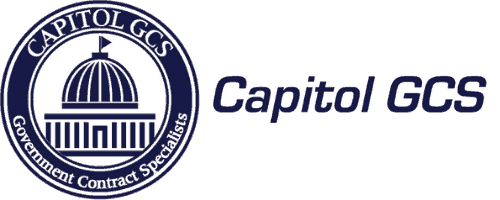The Best Laid Plans – Overcoming NIMBY (Not in My Back Yard)
Managed all phases of solicitation, analysis and negotiation of major agency service and equipment contracts in support of the Los Angeles County Metropolitan transportation, bus and rail transit operations, including major construction projects.
In the early 2000s, L.A. Metro initiated the planning of an innovative bus route in Los Angeles County that would become Metro’s Orange Line, one of the first full-featured Bus Rapid Transit (BRT) systems anywhere in the United States. Before it reached this level of success however, we learned a valuable lesson: Even the best laid plans need the buy in of those we are planning for.
Operating on a vacant railroad right of way, separated from street traffic, the bus could avoid traffic congestion and thus be able to provide consistent travel times along the 14‑mile route that roughly parallels a congested freeway. In early Metro promotional material, the BRT was touted as a high-speed bus traveling along a separated roadway that would be largely exempt from stopping at cross streets due to suggested preemptory traffic signaling.
To our surprise, the project was highly contested by some neighborhood groups who would benefit the most from it. They fought against its development, including one area that was highly pedestrian, and included a large population of elderly and young children.
Understanding the negative impact of Metro’s overly enthusiastic “sales pitch”, my team worked tirelessly to promote the project with realistic discussions of the project features, goals and limitations. We engaged in multiple meetings with neighborhood leaders to understand their concerns and where possible, initiate creative solutions. These included designing improved busway and street crossings, landscaping with native plants and fencing of the busway, adding signaled midblock pedestrian crossings, and designing the traffic signaling to ensure bus signal priority, not preemption.
Ultimately, Metro addressed the objections, and the communities bought into the plan. Since the beginning of operation in 2005, the Orange Line proved to be one of Metro’s most successful routes, exceeding ridership projections (it reached Year 2020 ridership numbers within 6 months of opening), reducing cross-town travel times, easing congestion, including on the nearby freeway, and consistently attracting new riders. The bottom line lesson that was reinforced by this ultimately very success project was that even the best laid plans will not work if the concerns of the communities they impact are not honestly addressed.
 Kathleen Sanchez
Kathleen Sanchez

